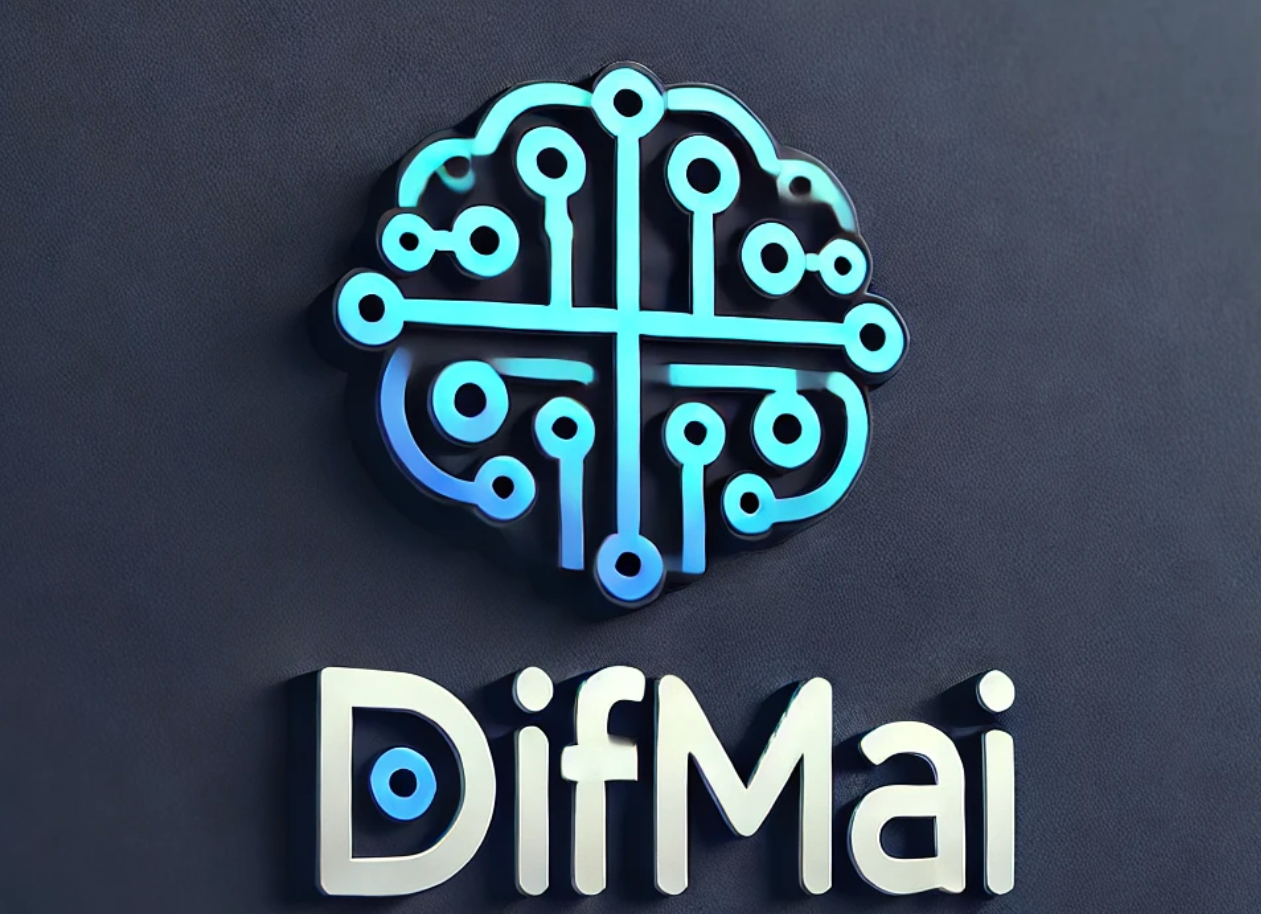The Impact of Working with Agentic AI and Generative AI
TL;DR:
Daily interactions with agentic and generative AI systems reveal unexpected insights into collaboration, creativity, decision-making, and productivity. Beyond automation, these tools reshape how we learn, lead, and live—challenging us to think differently and to co-create with intelligence that’s not entirely human.
The AI You Didn’t Know You Needed
It starts simply. A chatbot helps summarize an email. A generative AI drafts a sales proposal. An agentic bot schedules meetings or manages your digital filing system. What begins as task-level automation quickly grows into something deeper: a new working relationship.
For many professionals, interacting daily with AI systems—especially agentic ones (those that take initiative toward a goal)—has become the norm. But the impact of these interactions goes well beyond saving time. They’ve started to reshape our behavior, expectations, and how we approach problems.
Lesson 1: Delegation Becomes a Discipline
With agentic AI, delegation is no longer just for team leads or managers. Anyone can offload routine decisions or operations to a bot. But doing it well requires clarity and intentionality.
You quickly learn that vague instructions produce vague results. That planning for contingencies matters. That if your AI co-pilot fails, it’s usually because your direction wasn’t good enough.
Unexpectedly, this builds leadership skills. You start thinking like a systems designer, not just a doer.
Lesson 2: Creativity Doesn’t Die—It Evolves
Generative AI was once feared as a creativity killer. But in practice, it’s often the opposite. By acting as an idea amplifier, it helps you get past blank pages and creative blocks faster than ever before.
Artists, marketers, writers, and designers use it not to replace their vision—but to iterate faster, test more, and explore wider creative ranges. The human becomes more of a curator or conductor, leveraging AI to broaden the possibilities.
Lesson 3: You Become a Better Thinker
Daily interaction with AI forces you to externalize your thinking. To get good outputs, you need to ask better questions, provide better context, and refine your prompts.
Over time, this strengthens your mental clarity. You become more precise in framing problems and more strategic in how you gather and use information.
It’s like mental weightlifting—small daily reps that lead to better cognitive endurance.
Lesson 4: Emotional Intelligence Still Matters
Even the smartest AI lacks nuance in tone and empathy. That gap becomes glaring in sensitive interactions—customer complaints, team disagreements, or moments of vulnerability.
This reminds us that emotional intelligence isn’t going away. In fact, it’s more valuable than ever. AI can draft the message, but only you can humanize it.
You learn when to trust the machine—and when your humanity is irreplaceable.
Lesson 5: Feedback Becomes a Two-Way Street
Surprisingly, working with AI teaches you how to give better feedback. You constantly adjust instructions, rate responses, and guide the model to improve.
This same skill transfers to working with people. You become more thoughtful in how you critique, more structured in how you coach, and more effective in helping others grow—because you’ve practiced on your AI partner first.
The Human + AI Symbiosis
The daily dance between human and machine is no longer theoretical. It’s in your inbox, your workflow, your meetings, and your creative process.
And while the AI is learning from us, we’re learning too—how to be clearer, faster, more empathetic, more strategic.
The unexpected lesson? AI isn’t just a tool. It’s a mirror, a coach, and sometimes, a collaborator. The challenge isn’t whether we’ll use it—but how thoughtfully we choose to engage with it.
Source links:
- OpenAI: The Capabilities of Agentic AI
- MIT Technology Review on Human-AI Collaboration
- Harvard Business Review: How Generative AI Is Changing Creative Work



